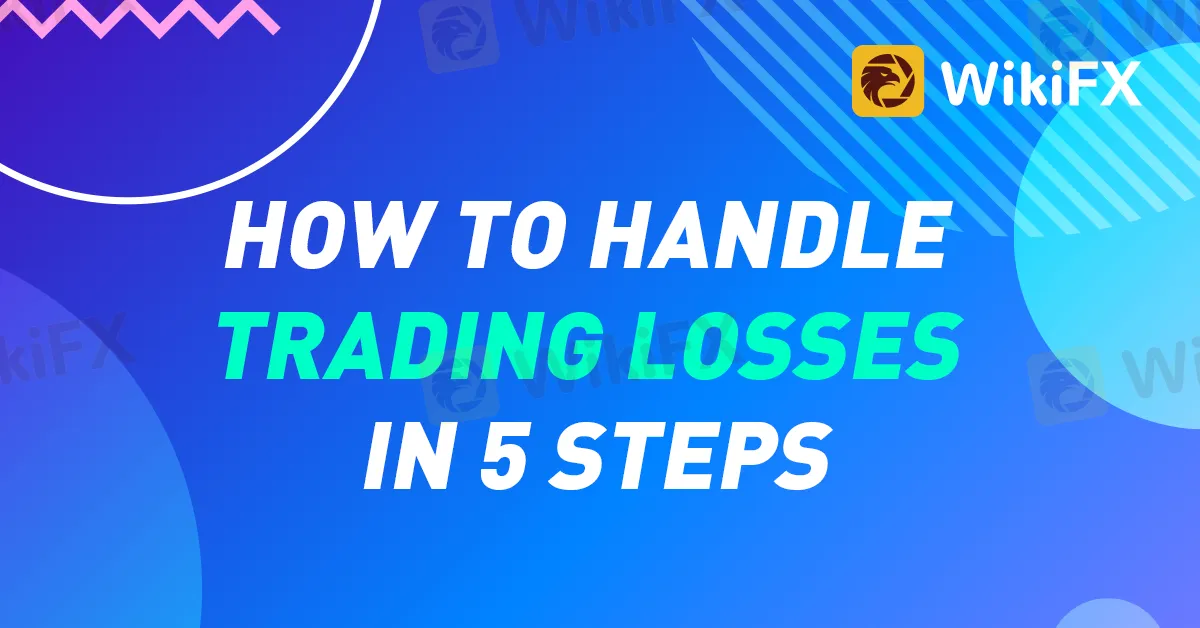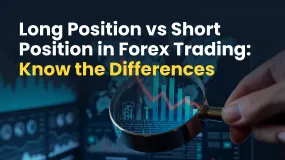Abstract:Do you find it difficult to manage the losses that come with investing online? There are others besides you. It might be challenging to get over a failure-related mood, which is why we've come up with 5 strategies to help you get back on track to meet your trading objectives.

Do you find it difficult to manage the losses that come with investing online? There are others besides you. It might be challenging to get over a failure-related mood, which is why we've come up with 5 strategies to help you get back on track to meet your trading objectives.
Every trader is aware of losses in trading, it is hard to foresee every potential problem in the markets. Global economic developments that can have an influence on your trading, have an impact on the extremely volatile and fluctuating asset prices.
Your ability to accept setbacks and maintain those profits is the key. You'll discover some of the best strategies for bouncing back from setbacks and regaining confidence below.
Accepting accountability
Acknowledge your loss and assume responsibility as a first step. It's important because you could have done something different and that there is something you can do to improve your trading approach, even if you cannot control in the markets. By doing this, you will have improved knowledge and be more equipped to take the next step.
Refocus
It's acceptable to learn how to step away from trading for a bit after suffering a loss in the market. This can help you relax, so you can be able to think about the next step to be taken and recollect why you initially started trading. You were inspired to get started when you opened a trading account since you had specific objectives in mind. Therefore, take the time you require to recall those objectives and refocus your attention on accomplishing them.
Practice makes perfect.
What is the greatest approach to make the most of your trading abilities and knowledge, yet it may seem pretty simple? by exercising as much as possible! You can feel more prepared and confident in the busy markets by practicing on a sample trading account or by learning new trading ideas from eBooks and video lessons.
Analyze Each Loss Carefully
Don't forget to pause and reflect on what went wrong. You can more easily comprehend why you are where you are by thoroughly examining your trading approach and price movements. As a result, you'll be able to anticipate such circumstances in the future and be more cautious.
Steady And Gradual
It would be wise to start slowly and steadily when you are prepared to resume trading. You don't want to experience the same thing again shortly after the emotional whirlwind that is losing a trade. Take any risk-management measures that suit your objectives, then. This may help you maintain your self-discipline and emotional control.
The Best Advice: Study Your Mistakes.
It all depends on your capacity to carry on and keep attempting. You are the only person who can bring your trade ambitions to fruition. You should acknowledge as a trader that CFD trading entails both gains and losses. A variety of user-friendly trading tools and resources have been developed by XPro Markets to help you maximize your experience and give you the edge you need in the markets.










